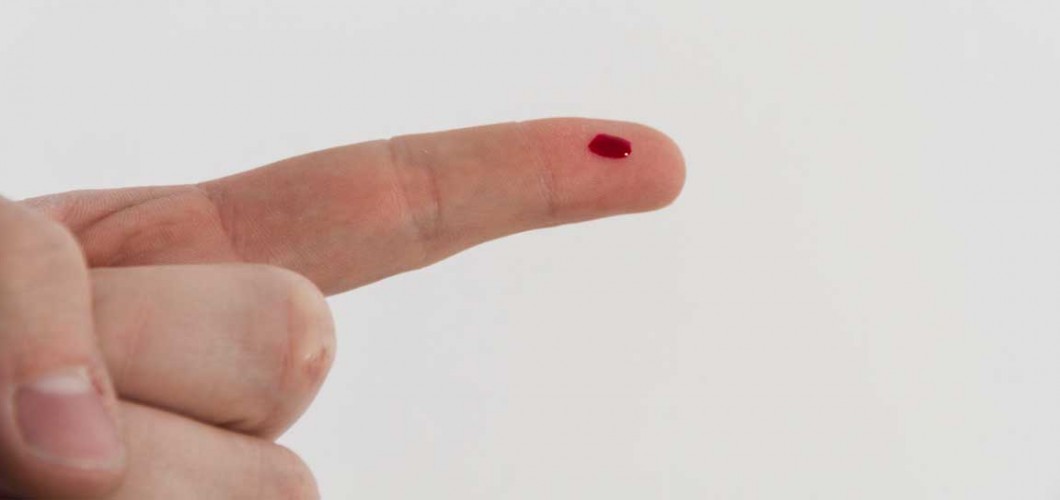
First Aid for Bleeding: Stopping Techniques
Reading Time: 15 minutes
Bleeding occurs when the body's blood vessels are damaged, causing blood to escape. Some bleeding may be limited to small cuts and scrapes, while other cases can be severe and life-threatening. If bleeding is not quickly controlled, it can lead to significant blood loss, affecting organ function and overall health. In this article, you will learn how to respond to bleeding situations, bleeding stoppage techniques, and first aid steps.
What is Bleeding?
Bleeding is the escape of blood from the body due to damage to the blood vessels (arteries, veins, capillaries). Bleeding can be categorized based on the type of blood vessels involved:
- Arterial Bleeding: This is the most dangerous type of bleeding because arteries carry blood away from the heart. Arterial bleeding often causes blood to spurt out rapidly and can be life-threatening.
- Venous Bleeding: Veins carry blood back to the heart. Venous bleeding generally flows more slowly than arterial bleeding but can still be dangerous if not controlled.
- Capillary Bleeding: Capillaries are tiny blood vessels, and bleeding from them is usually lighter and more diffuse.
Symptoms of Bleeding
Bleeding is often clearly visible, but its severity and the effect it has on the body can vary:
- External Bleeding: Blood escaping through an open wound, leading to visible redness or swelling.
- Internal Bleeding: Blood collects inside the body, often in areas like the abdomen, head, or muscles. Internal bleeding may not be externally visible but can manifest through severe headaches, dizziness, or bruising.
First Aid Steps for Bleeding
Proper intervention in bleeding situations is crucial to saving lives and preventing complications. Here are the first aid steps to follow when responding to bleeding:
1. Stay Calm and Ensure Safety
It is important not to panic when dealing with bleeding. Before helping the injured person, ensure the surrounding area is safe. If the injury occurred in a traffic accident or near electrical devices, move to a safe area to prevent further harm.
2. Locate the Source of Bleeding and Apply Pressure
Identify the source of the bleeding and apply direct pressure to it. If the bleeding is from an open wound, apply pressure using a clean cloth or bandage. The pressure helps to compress the blood vessels and stop the blood from flowing out.
- Arterial Bleeding: If blood is spurting out, apply direct pressure to the source of the bleeding and use the closest pressure points to stop the bleeding.
- Venous Bleeding: Venous bleeding usually flows slower. Apply pressure to the vein and increase the pressure to control the bleeding.
3. Position the Person with Raised Legs
If the bleeding is severe and the person is losing a significant amount of blood, lay them down and raise their legs slightly. This will help direct blood flow to the upper body and reduce the risk of shock.
4. Use a Clean Cloth or Bandage
If bleeding continues, use a clean cloth or sterile bandage to apply pressure to the wound. Do not remove the cloth or bandage once it is in place, as this can cause the bleeding to restart.
5. Seek Additional Help if Needed
If the bleeding is severe and cannot be stopped with first aid measures, call for emergency assistance immediately. When blood loss reaches critical levels, getting professional medical help is essential.
6. Watch for Signs of Shock
Excessive blood loss can lead to shock, a life-threatening condition. Signs of shock include:
- Difficulty breathing
- Pale or cool skin
- Rapid pulse
- Excessive sweating
- Loss of consciousness
If shock is suspected, lay the person on their back and raise their legs to direct blood to the upper body.
Bleeding Stopping Techniques
- Pressure Points: If bleeding is severe, applying pressure to specific areas where major arteries pass (like the groin, armpit, or neck) can help stop the bleeding.
- Cold Compress or Ice: Applying cold to the bleeding site can constrict blood vessels and help reduce blood loss.
When to Seek Professional Help
If the bleeding is severe or continues despite first aid efforts, always call for emergency help. Additionally, if the person loses consciousness or shows signs of shock, immediate medical attention is required. Even if the bleeding appears to stop, medical evaluation is still necessary.
Preventive Measures for Bleeding
- Safety First: Be cautious around sharp objects, glass, and other dangerous materials to prevent injuries.
- Use Proper Gear: In industrial or hazardous environments, wearing appropriate protective equipment can help prevent injuries and bleeding.
Conclusion
Bleeding, when not quickly controlled, can lead to severe consequences. Stopping bleeding promptly and efficiently is crucial to preventing excessive blood loss and minimizing complications. Remember, proper first aid techniques, timely emergency calls, and professional medical help can save lives in critical situations.

Leave a Comment